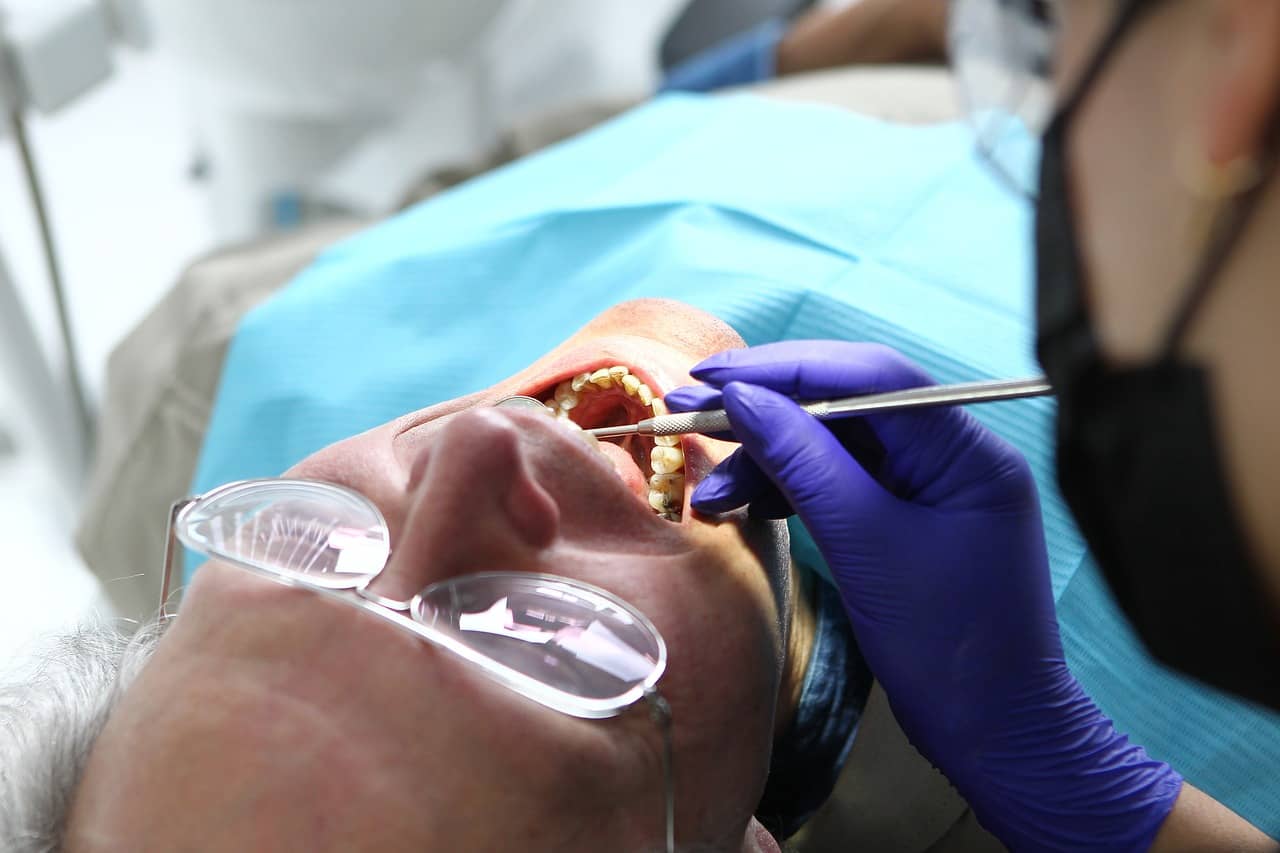In today’s bustling world, our roads are often packed with a diverse mix of people on the move. From pedestrians and cyclists to motorcyclists and scooter riders, these individuals are collectively known as vulnerable road users. As a responsible driver, it’s crucial to know where to look out for vulnerable road users and be aware of the specific challenges they face in different environments. In this article, we’ll explore various locations where you are likely to encounter vulnerable road users and discuss what drivers need to be aware of when passing them. Let’s hit the road and navigate through these essential insights and also how to start a road traffic accident claim.
Urban Areas: A Haven for Vulnerable Road Users
Urban environments are a breeding ground for vulnerable road users. The bustling streets of cities and towns are teeming with pedestrians, cyclists, and scooter riders. In densely populated areas, foot traffic is a common sight, with people crossing streets, waiting at bus stops, and navigating paths. It’s imperative for drivers to exercise extreme caution in urban areas.
Cyclists, in particular, are a common presence in cities. They often share the road with motor vehicles, and their mobility can be limited compared to cars. As a driver, you must maintain a safe following distance, especially when driving behind cyclists. Be prepared for sudden stops and always use your turn signals to indicate your intentions, giving cyclists ample time to react.
School Zones: Protecting Our Young Pedestrians
When it comes to vulnerable road users, school zones deserve special attention. These areas are filled with children who may not always be vigilant when it comes to road safety. As a responsible driver, you should be extra cautious in school zones and always adhere to reduced speed limits.
Ensure you come to a complete stop at crossings. Keep an eye out for children darting across the road, as their actions can be unpredictable. Remember, the safety of young pedestrians is a shared responsibility, and your vigilance can prevent accidents in school zones.
Residential Neighbourhoods: Watch Out for Pedestrians
Residential neighbourhoods are another hotspot for vulnerable road users. Families, joggers, and dog walkers frequent these areas, making it essential for drivers to exercise caution. Speed limits are typically lower in residential neighbourhoods, and for good reason – to protect the safety of all road users.
When driving through residential areas, be on the lookout for pedestrians crossing the street or walking on the paths. Children might be playing near the road, so it’s crucial to maintain a slow and steady pace. Avoid distractions, such as texting or adjusting the radio, and always be prepared to brake quickly if needed.
Intersections: A Convergence of Vulnerable Road Users
Intersections are critical points on the road where different types of road users converge. They are hotspots for potential accidents, so drivers need to be especially cautious when approaching them. Pedestrians often use crossings at intersections, and cyclists may be making turns or crossing the road.
Always come to a complete stop at stop signs and red lights, giving pedestrians and cyclists ample time to cross safely. Use your turn signals to indicate your intentions, allowing others to anticipate your actions. Remember, patience is key at intersections, as rushing through them can lead to dangerous situations for vulnerable road users.
Car Parks: Slow Down and Stay Alert
Car parks may seem like low-risk areas, but they can be surprisingly dangerous for vulnerable road users. Car parks are frequented by pedestrians, including shoppers, employees, and even children. In these confined spaces, visibility can be limited, and accidents can happen in the blink of an eye.
When navigating a car park, reduce your speed significantly. Keep an eye out for pedestrians walking between cars, and always yield the right of way to them. Look for designated pedestrian crossings and respect them. Additionally, be cautious when backing out of parking spaces, as pedestrians may suddenly appear in your path.
Construction Zones: Navigating Hazardous Terrain
Construction zones are inherently hazardous areas, not just for workers but also for vulnerable road users. When roadwork is underway, pedestrians and cyclists may need to navigate makeshift pathways or share the road with construction vehicles. As a driver, it’s vital to be extremely cautious in these zones.
Observe reduced speed limits in construction zones and be prepared for sudden lane changes or detours. Keep an eye out for pedestrians or cyclists following alternative routes, and yield the right of way when necessary. Workers and road users alike depend on your vigilance to ensure a safe passage through construction zones.
Railroad Crossings: Watch for Pedestrians and Cyclists
Railroad crossings are places where road and rail intersect, and they require heightened awareness from drivers. Not only do drivers need to watch for trains, but they also need to be vigilant for pedestrians and cyclists who may be crossing the tracks.
Always obey traffic signals and warning signs at railroad crossings. When the barriers are down or the lights are flashing, it’s a clear indication that a train is approaching. However, don’t forget to look for pedestrians and cyclists who may be crossing the tracks on foot or by bike. Be patient and wait for them to clear the crossing before proceeding.
Coastal Roads: Share the Scenic Route
Coastal roads are often breathtakingly beautiful, attracting tourists and locals alike. They are also frequented by pedestrians, cyclists, and motorcyclists who want to soak in the views. When driving along coastal routes, it’s crucial to be aware of these vulnerable road users.
Slow down and enjoy the scenery, but always keep an eye out for pedestrians walking along the roadside. Cyclists and motorcyclists may be sharing the narrow roads, so exercise patience and provide them with ample passing space. Coastal roads offer a serene escape, and by respecting all road users, you contribute to a safer and more enjoyable experience for everyone.
Parks and Recreational Areas: Share the Paths
Parks and recreational areas are havens for outdoor enthusiasts. These locations are teeming with pedestrians, joggers, cyclists, and rollerbladers who are looking to get some exercise and fresh air. As a driver near these areas, it’s essential to exercise caution.
Watch for pedestrians crossing from car parks to trails, and be alert for cyclists and rollerbladers sharing the road. Many parks have designated lanes or paths for different types of road users, so pay attention to signage and markings. Slow down when passing through these areas and be prepared to stop if necessary.
Shared Paths: Respect All Road Users
Shared paths are areas where pedestrians, cyclists, and sometimes even scooter riders share the same space. These paths can be found in urban areas, parks, and recreational areas. When using shared paths as a driver, it’s vital to respect all road users.
Reduce your speed to match the pace of pedestrians and cyclists on shared paths. Always yield the right of way to those on foot or bikes. When overtaking, pass with caution and provide ample space. Keep in mind that shared paths are designed to accommodate a variety of road users, and your patience and consideration go a long way in ensuring safety for everyone.
Making a Road Traffic Accident Claim with National Claims
At National Claims, we understand that road traffic accidents can be distressing and overwhelming experiences. Whether you’re a vulnerable road user or a driver involved in an accident, our team is here to guide you through the claims process of making a road traffic accident claim. We are committed to helping you receive the compensation and support you deserve. In this section, we’ll walk you through the steps of making a claim with National Claims, ensuring that you can focus on your recovery while we handle the legal aspects.
Contacting National Claims
The first step in making a road traffic accident claim with National Claims is to get in touch with us. You can reach us through our 24/7 helpline or by visiting our website. Our friendly and experienced team of advisors is ready to assist you and provide you with the necessary information to begin the claims process.
Initial Consultation
Once you’ve contacted us, we will arrange an initial consultation to discuss the details of your accident. During this consultation, we’ll gather essential information about the incident, including the date, location, and parties involved. This information is crucial for assessing the viability of your claim.
Legal Assessment
After the initial consultation, our legal experts will conduct a thorough assessment of your case. We will examine the circumstances surrounding the accident, review any available evidence, and determine liability. This assessment helps us establish the strength of your claim and the likelihood of success.
Gathering Evidence
To support your claim, we’ll work diligently to gather all necessary evidence. This may include photographs of the accident scene, witness statements, medical reports, and any other documentation relevant to your case. Our goal is to build a robust case on your behalf.

Conclusion: Your Trusted Partner in Road Traffic Accident Claims
In conclusion, National Claims is dedicated to providing you with the support and expertise needed to make a road traffic accident claim successfully. Our team of professionals is committed to ensuring that you receive fair compensation for your injuries and losses. We understand the complexities of road traffic accident cases and will guide you through every step of the process, from the initial consultation to legal representation if necessary.
Our mission is to alleviate the stress and burden that often comes with pursuing a road traffic accident claim, allowing you to focus on your recovery and well-being. If you’ve been involved in a road traffic accident as a vulnerable road user or driver, don’t hesitate to contact National Claims and let our claims specialists help you start your claim. We’re here to serve as your trusted partner in seeking justice and compensation for your injuries. Your road to recovery begins with us.
Click below to see why we are one of the most trusted claims management companies in the UK.

We’re proud of our excellent customer reviews
We thrive on delivering exceptional service and ensuring our clients’ satisfaction. Don’t just take our word for it. Check out some of our independent reviews to see what our clients have to say.
Excellent

This firm is excellent, they sorted out my car pay out and injury claim very fast, they always communicate with you all the time.

My accident case was dealt with confidence and with great result of the outcome, especially James kept me informed all the time.

I was very impressed at the way my inquiry was treated. I was listened to attentively and everything I needed to know was explained to me.






